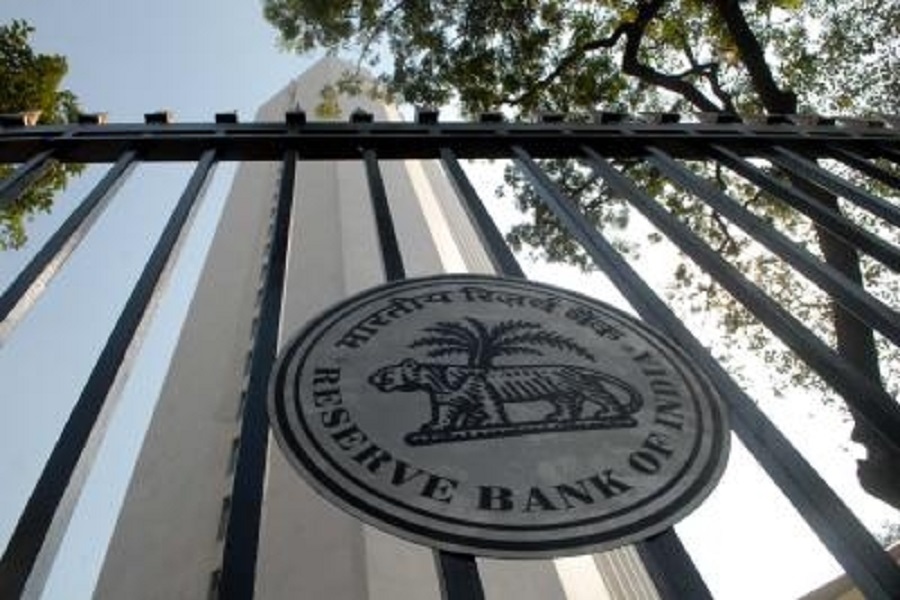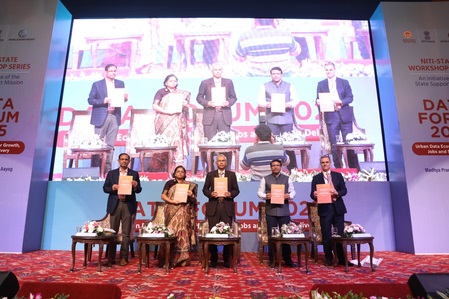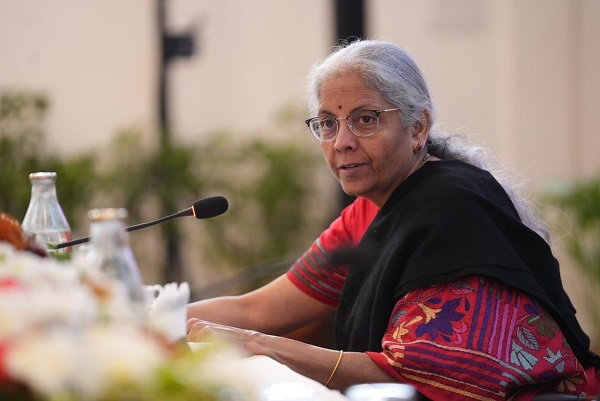Kharif Sowing Surges to 97% of Normal Area; Maize and Pulses Show Significant Growth by Amit Gupta, Kedia Advisory
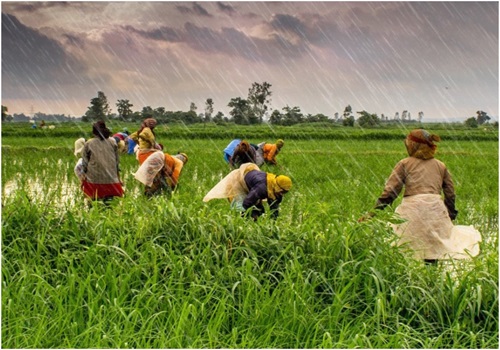
Kharif sowing has reached 1,065.08 lakh hectares, marking a 2% increase from last year, with most crops showing promising growth. Paddy and maize acreage have notably expanded, while oilseeds and pulses also demonstrate strong performance. However, cotton and jute-mesta sowing lag behind.
Highlights
Kharif Sowing Progress: As of August 23, Kharif sowing has reached 1,065.08 lakh hectares (lh), marking a 2% increase from the previous year's 1,044.85 lh. The Agriculture Ministry reports that over 97% of the normal area has been covered, indicating a strong potential for a bumper harvest in most crops, although cotton sowing has seen a decline.
Paddy Sowing Increases: Paddy, the primary cereal crop of the Kharif season, has seen a 4% increase in sown area, reaching 394.28 lh by August 23. This growth means that paddy has been sown on 98% of its normal area, signaling a promising season for rice production.
Growth in Maize and Nutri Cereals: Maize and ‘Shree Anna’ (nutri cereals) have experienced significant growth, with their combined area increasing to 185.51 lh from 177.50 lh in the same period last year. Maize alone has grown to 87.23 lh from 81.25 lh, indicating rising popularity and demand for these cereals.
Oilseeds Coverage Expands: Oilseeds sowing has increased slightly to 188.37 lh this season compared to 187.36 lh last year. This includes soybean at 125.11 lh, up from 123.85 lh, and groundnut at 46.82 lh, showing a significant rise from 43.14 lh. This trend reflects strong demand for oilseed crops.
Pulses Sowing Sees Significant Increase: The area under pulses has expanded to 122.16 lh, up from 115.55 lh the previous year. Key increases include arhar at 45.78 lh from 40.74 lh, and moong at 34.07 lh, up from 30.57 lh. This growth suggests enhanced focus on pulses to meet rising domestic demand.
Decline in Cotton and Jute-Mesta Acreage: Cotton sowing has decreased to 111.39 lh, down from 122.74 lh, covering only 86% of its normal area. Similarly, jute-mesta acreage has dropped to 5.70 lh from 6.56 lh. These declines may impact the overall output of these crops for the current season.
Monsoon Rainfall Above Average: India has received 716.4 mm of rainfall from June 1 to August 27, which is 7% above the long-period average (LPA) of 672.1 mm. While the India Meteorological Department (IMD) predicted normal rainfall for most of the country, certain regions are expected to receive below-normal precipitation.
Conclusion
The Kharif season is shaping up to be fruitful with a significant increase in sowing areas for paddy, maize, and pulses, reflecting a positive outlook for crop production. The overall sowing progress suggests a potential bumper harvest, although challenges persist in cotton and jute-mesta sectors. The above-average monsoon rainfall supports robust crop growth, but localized areas facing below-normal rainfall could impact yields. Farmers and stakeholders should monitor weather patterns closely to adjust strategies and optimize outcomes for the season.
Above views are of the author and not of the website kindly read disclaimer



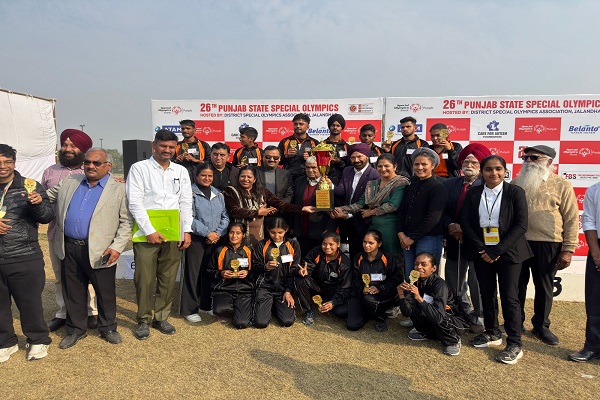
.jpg)



